Joint pain is not just a part of ageing — it's often a sign that your joints are crying out for help. Many elderly individuals unknowingly make small daily mistakes that worsen their symptoms. This article highlights three of the most common — and avoidable — ones.
Mistake #1: Ignoring Pain Until It Becomes Severe
Many elderly people think joint pain is 'normal with age'. But untreated pain leads to joint degeneration, muscle weakness, and reduced independence. Early physiotherapy and medical attention can dramatically slow the progression of arthritis [Ref]. Don’t wait until walking becomes difficult.
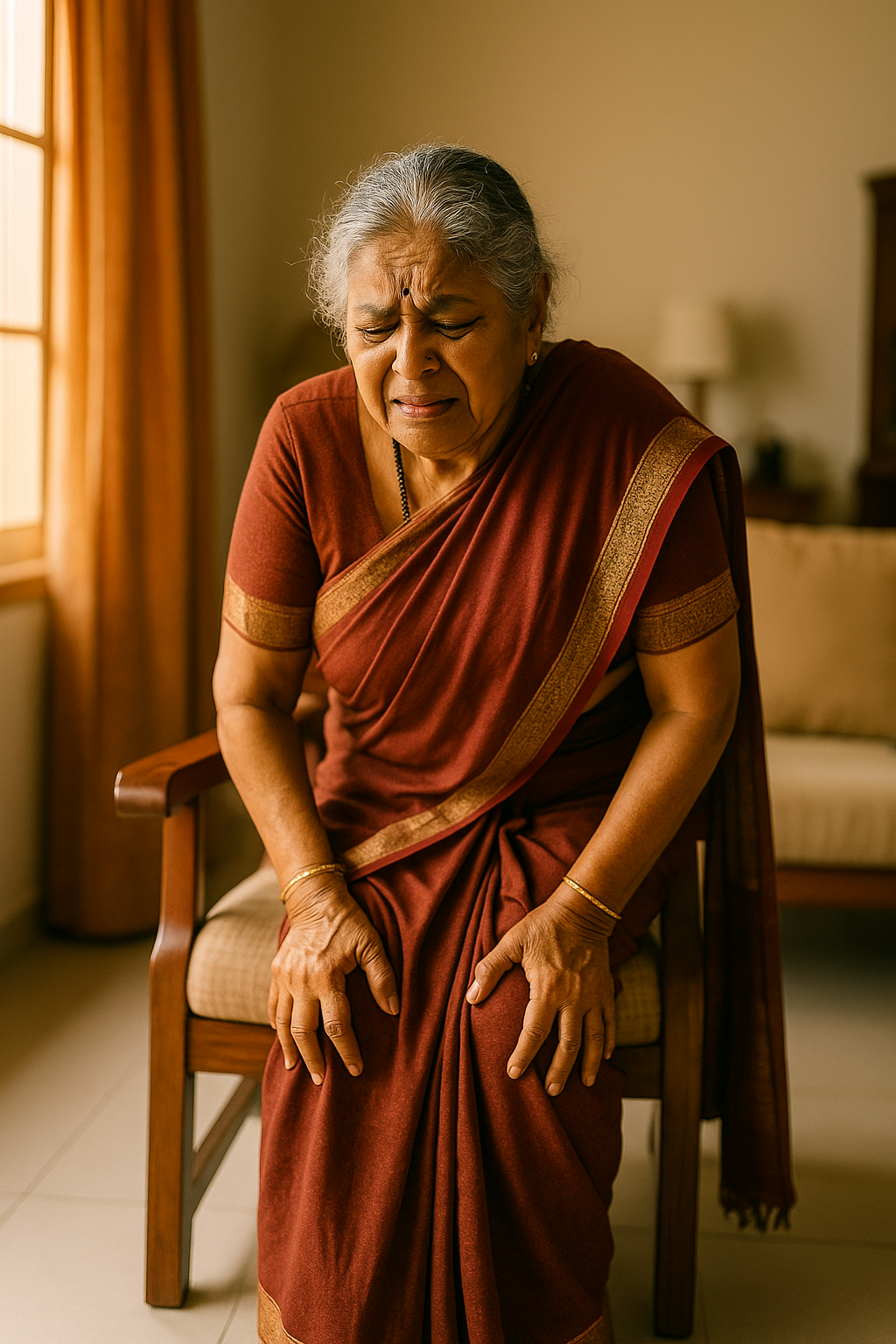
Pain isn't just part of aging. It's a signal. Don't ignore it.
Mistake #2: Using Painkillers Without Supervision
Over-the-counter painkillers may provide temporary relief, but they don’t fix the root cause. Long-term use without proper medical guidance can damage your kidneys, stomach lining, or even mask a serious condition.NSAIDs (like diclofenac, ibuprofen) are commonly used but can be harmful to elderly patients, especially those with kidney or heart conditions. These should only be used under supervision [Ref]. Safer alternatives include topical creams, heat therapy, and guided physiotherapy.
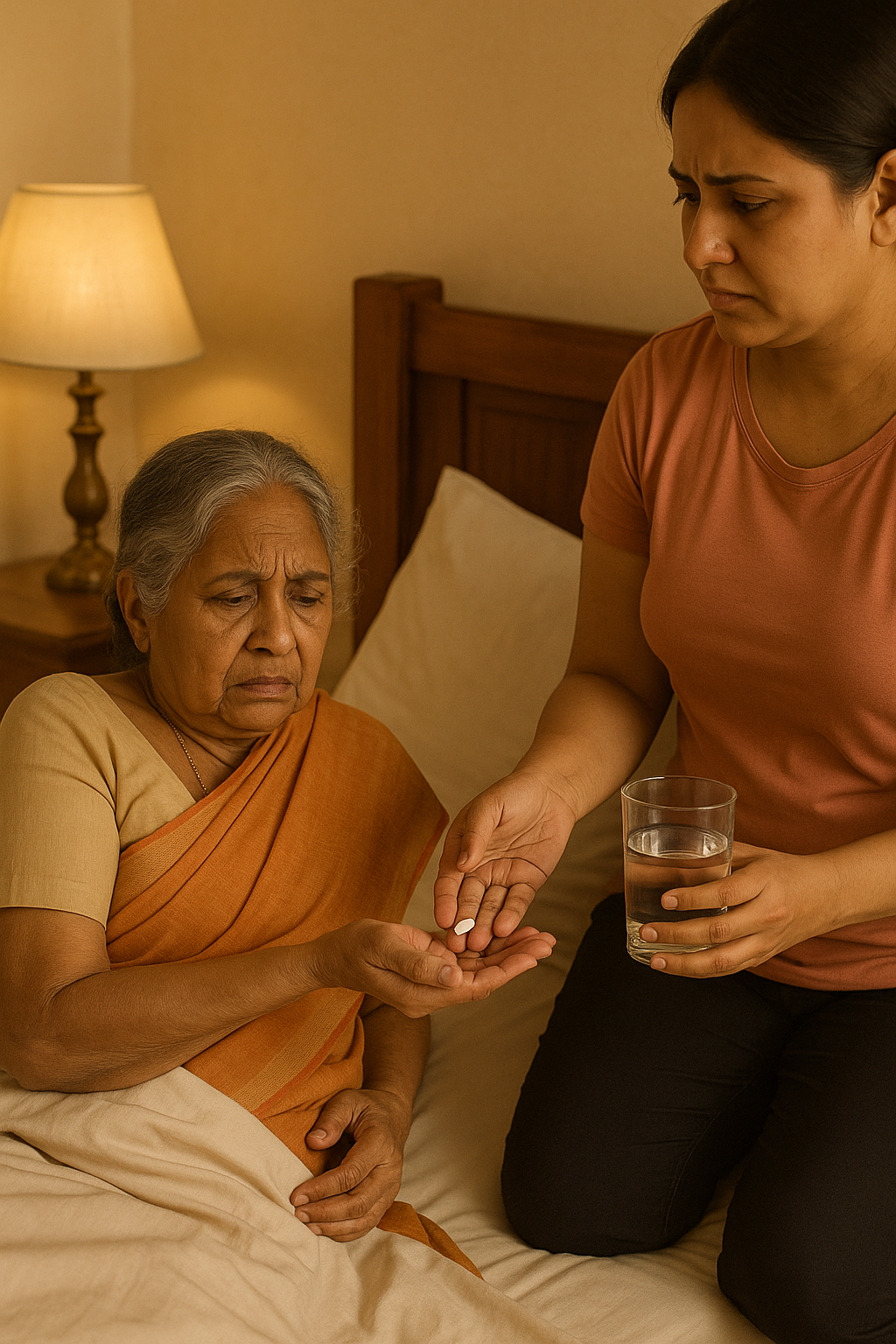
Mistake #3: Avoiding Movement Out of Fear
Many seniors avoid walking sticks or walkers due to social stigma or pride. But these supports improve balance, reduce falls, and take load off painful joints. A well-fitted walking aid can mean the difference between mobility and injury. Resting too much weakens joints. The right kind of movement – such as supervised physiotherapy, daily walks, and range-of-motion exercises – can reduce stiffness and improve strength [Ref]. Immobilizing a painful joint can make it worse.
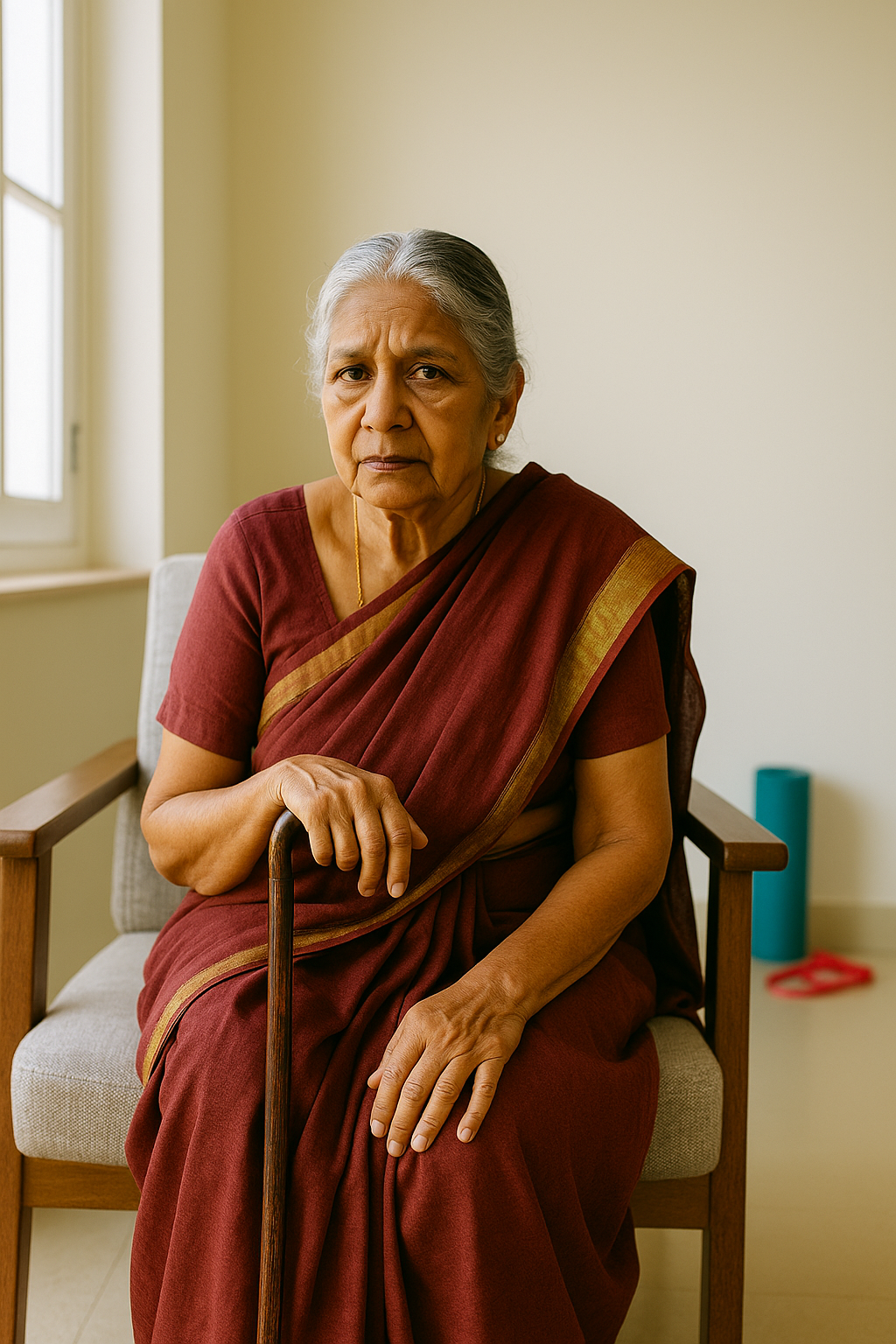
What You Should Do Instead
- Start early physiotherapy: Builds strength, reduces stiffness [Ref].
- Consider joint-friendly supplements: Calcium, Vitamin D3, and omega-3 may help. Always consult your doctor [Ref].
- Intra-articular injections: Options like hyaluronic acid and PRP can provide relief for certain types of arthritis when done at the right stage. These are minimally invasive and avoid surgery when used appropriately [Ref].
- Anti-inflammatory diet: Include turmeric, ginger, green leafy vegetables, nuts, and berries. Reduce sugar and processed foods [Ref].
- Get regular checkups: Even mild pain deserves evaluation. It might reveal early signs of osteoarthritis or vitamin deficiency [Ref].
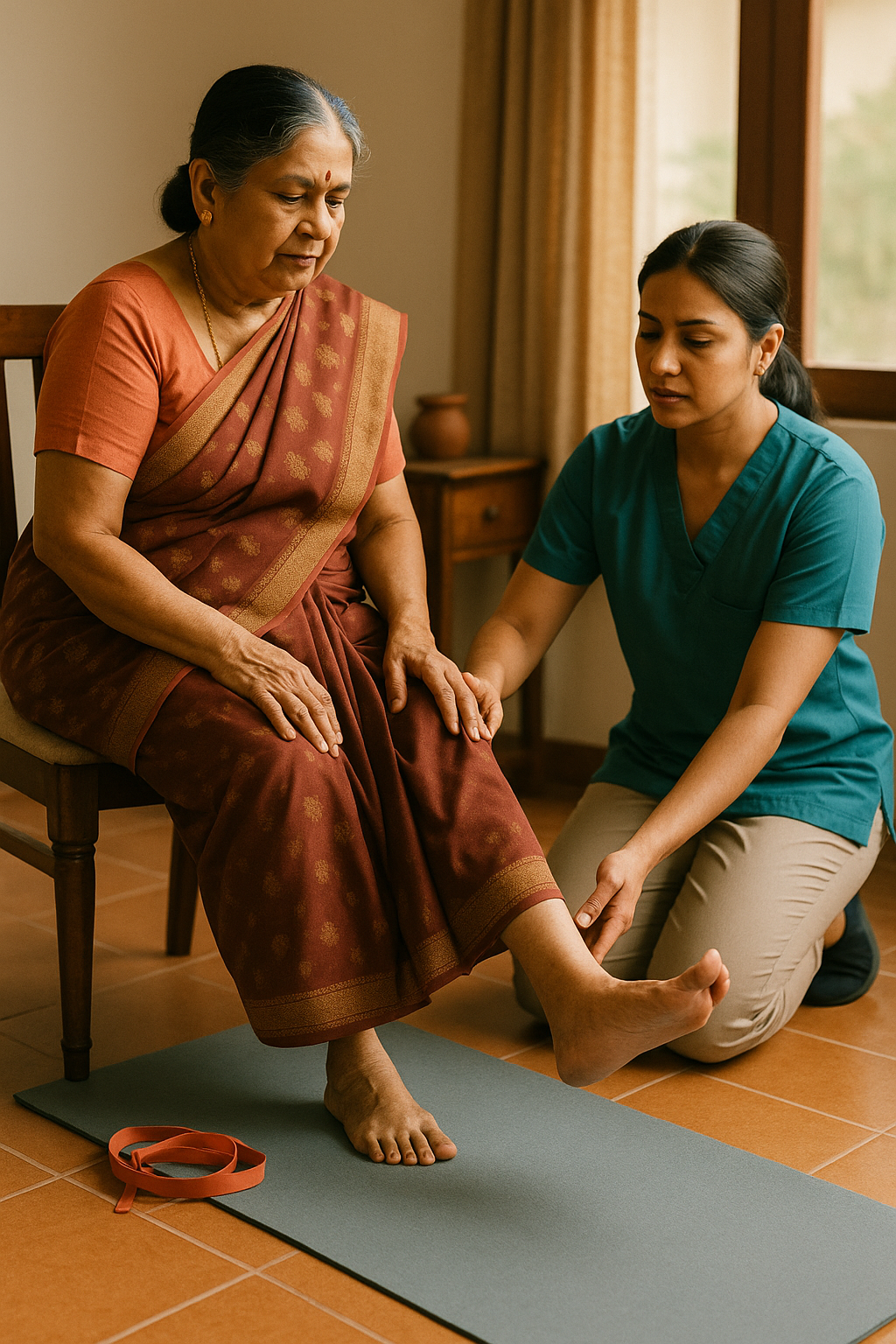
It’s not about “no pain, no gain.” It’s about “move right, heal right.”
When treatment is tailored correctly, many elderly patients regain the ability to stay active, independent, and happy. Even a simple walk becomes a joyful part of recovery — not a struggle. Proper care truly transforms quality of life.
Visit OrthoCure Bone & Joint Speciality Clinic — just 2 mins from Pachaialamman Temple, near Kulakkarai Main Road.
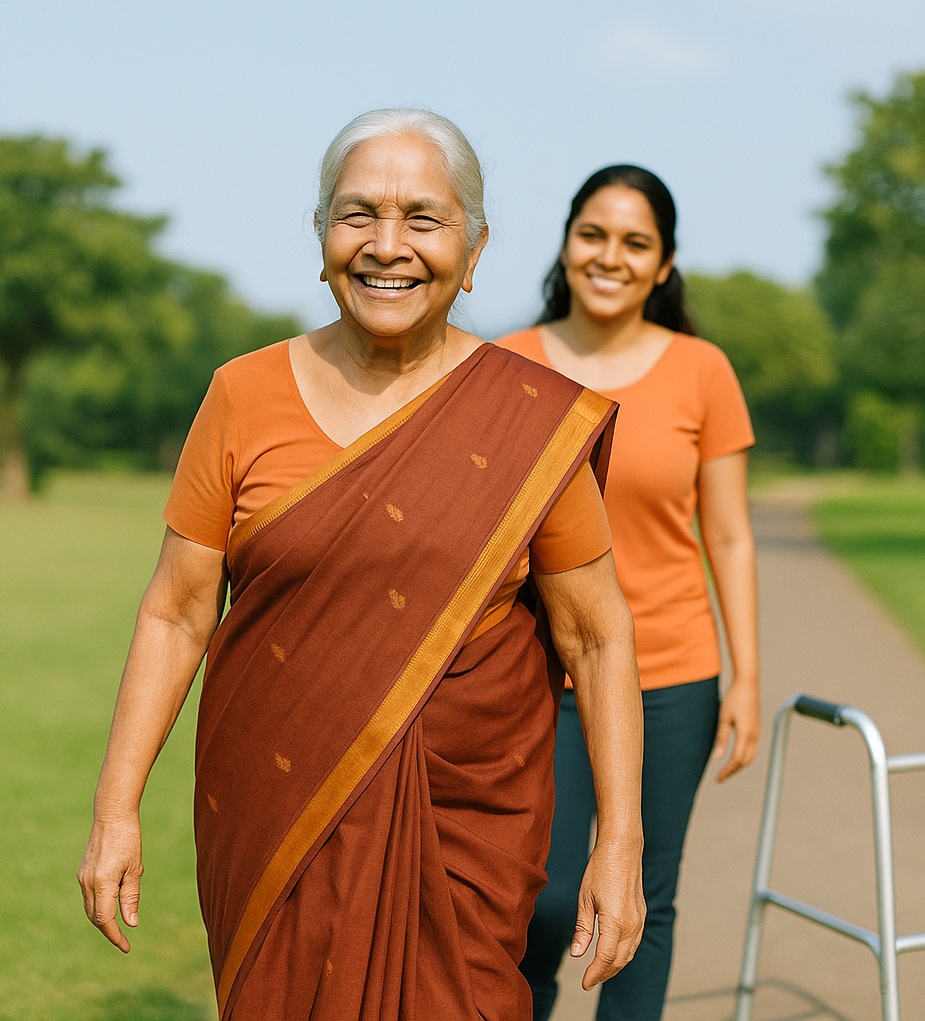 Book Your Check-Up
Book Your Check-Up
FAQs on Elderly Joint Pain
- What causes joint pain in seniors?
- Mainly osteoarthritis, age-related wear and tear, or vitamin D/calcium deficiencies.
- Is surgery always needed?
- No. Most joint pain can be managed without surgery using physiotherapy, medications, injections, or lifestyle changes.
- Are supplements safe?
- Most over-the-counter supplements are safe but should be used only after medical guidance, especially in seniors with kidney or heart issues.
- What is Cartigen and does it help with joint pain?
- Cartigen is a supplement that contains glucosamine and chondroitin, commonly used to support cartilage health and reduce joint discomfort. While evidence is mixed, some elderly patients report benefit. It should only be taken after consulting an orthopaedic specialist.
- What injections help?
- Hyaluronic acid, PRP (Platelet Rich Plasma), or corticosteroids – each has different use cases.
- Where can I find an ortho doctor near Pachaiamman Temple?
- Just 280 meters from Pachaiamman Temple — OrthoCure Bone & Joint Speciality Clinic, Thirumullaivoyal offers expert orthopaedic care. Walkable via Kulakkarai Street, near Vaishnavi Temple and Appy Kidz School.
OrthoCure Bone & Joint Speciality Clinic, Thirumullaivoyal, is preparing to serve the local community with trusted, accessible bone and joint care — starting with clear guidance like this.
🧠 Want to understand your joint pain better?